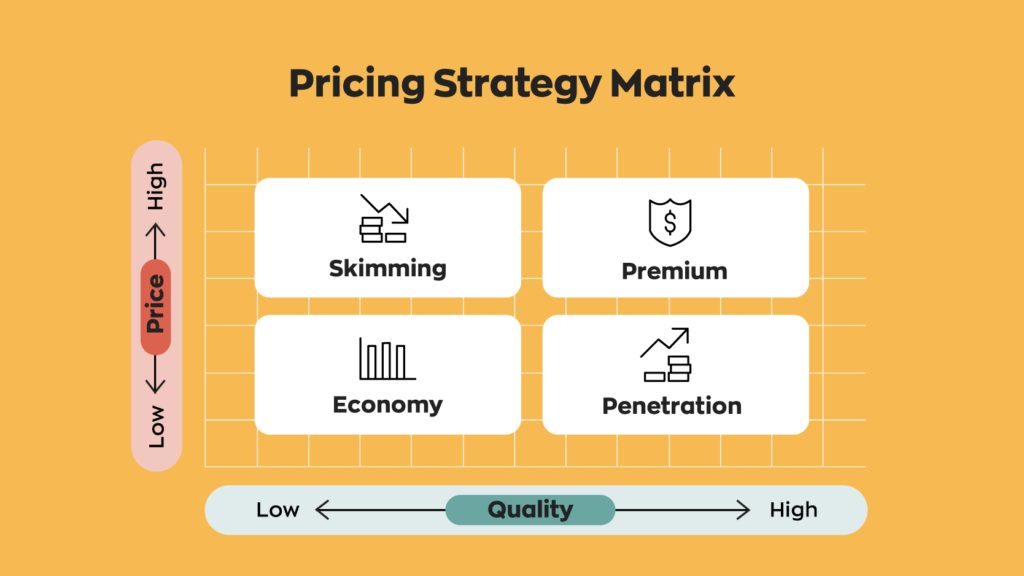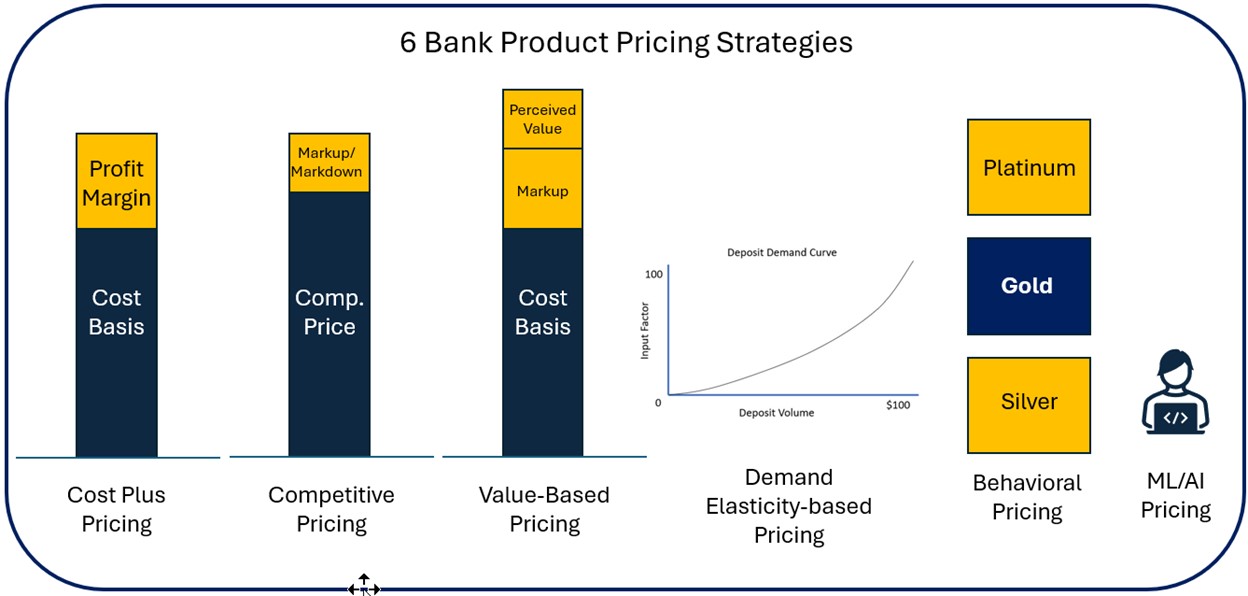How to Execute a Value-Based Pricing Strategy for Maximum Effect
How to Execute a Value-Based Pricing Strategy for Maximum Effect
Blog Article
Understanding Prices Methods: A Guide to Boosting Competitiveness
In an increasingly affordable landscape, grasping prices methods is crucial for organizations intending to enhance their market placement. Recognizing rival rates and the emotional elements that affect consumer habits can create a nuanced strategy to rates that resonates with target audiences.
Importance of Rates Methods
In the affordable landscape of company, the importance of rates approaches can not be overstated. Prices works as a critical bar for organizations, affecting both market positioning and consumer assumption. A distinct rates approach can improve success, drive sales, and develop an affordable side.

Comprehending customer actions is important in crafting pricing methods. Insights into price sensitivity, regarded worth, and affordable offerings permit companies to adjust their prices designs appropriately. Furthermore, normal evaluation of prices efficiency is necessary to react to market dynamics and consumer trends.
Eventually, a robust rates approach is important not only for profits generation yet additionally for long-term service feasibility. It shapes brand name identity, influences client commitment, and plays a critical duty in the overall marketing method. Organizations should spend time and sources in developing and fine-tuning their pricing approaches to flourish in an ever-evolving market.
Types of Prices Versions
How operate determine one of the most reliable way to price their services or products? The solution depends on recognizing numerous rates designs, each suited to different market conditions and service purposes.
One common design is cost-plus prices, where a set percentage is included in the overall expense of production. This approach makes sure that all expenses are covered while producing an earnings. Alternatively, value-based pricing focuses on the perceived value of the item to the consumer, permitting services to charge a costs based upon client demand and contentment.
An additional strategy is vibrant prices, typically utilized in sectors such as travel and hospitality. This model adjusts rates in real-time based on market demand, rival rates, and other exterior variables. Infiltration prices is likewise substantial, where organizations at first set lower prices to enter an affordable market and gain market share, later enhancing prices as soon as a client base is established.
Lastly, skimming pricing involves establishing high initial costs for cutting-edge or brand-new products, profiting from early adopters prior to decreasing costs over time. Recognizing these models makes it possible for businesses to tactically position themselves in the industry, straightening their prices strategies with their overarching objectives.

Analyzing Competitor Rates
Recognizing rival rates is an essential aspect of formulating an effective rates approach. Organizations must carry out complete evaluations of their competitors' pricing frameworks to recognize market positioning, analyze prospective dangers, and discover opportunities for distinction. This requires gathering data on competitors' costs, promotional strategies, and any kind of discounts or rewards they use.
Analyze their prices models, including any type of tiered rates systems, membership fees, or bulk price cuts - Pricing Strategy. Recognizing the rationale behind these rates methods can offer understandings right into consumer habits and choices.
Take into consideration the ramifications of competitor prices on your worth proposal. If competitors use similar items at reduced prices, click site you may need to highlight distinct selling points or improve client solution to warrant your rates.
Eventually, assessing rival prices not only notifies prices decisions however additionally assists organizations continue to be affordable in a constantly progressing market landscape.
Emotional Prices Methods
Mental pricing methods take advantage of consumer psychology to influence acquiring choices and improve the viewed value of items. These methods are grounded in the understanding of how customers process pricing information and the psychological actions that accompany it. One common technique is charm pricing, where rates are established just below a rounded number, such as $9.99 instead of $10.00. This technique makes use of the tendency of customers to view costs as reduced than they actually are, motivating impulse acquisitions.
One more efficient strategy is prestige prices, where greater prices are linked with greater quality. This technique interest customers' need for status and exclusivity, positioning products as premium offerings. Furthermore, packing items with each other at an affordable price can develop a this article sense of worth, prompting clients to buy greater than they originally intended.
Shortage prices, which stresses limited availability or time-sensitive offers, can likewise cause urgency, pressing consumers to act promptly. By understanding and applying these emotional prices techniques, companies can properly form consumer understandings, drive sales, and eventually boost competition in the marketplace.
Implementing and Changing Methods

When information is collected, businesses ought to examine their rates models against present market problems. This might involve adopting dynamic prices methods that enable real-time adjustments based on supply and demand changes. Services need to additionally think about segmenting their market to tailor costs for various client teams, boosting regarded worth and driving sales.
Regularly reviewing pricing techniques is vital. This can be accomplished via A/B screening or consumer responses, which gives understandings right into the effectiveness of existing rates. Furthermore, businesses should remain adaptable to adapt to unpredicted adjustments, such as financial slumps or emerging competitors.
Conclusion
To conclude, effective rates approaches function as an essential component for services aiming to enhance competition in a rising and fall market. By leveraging different prices models, evaluating competitor rates, and employing emotional techniques, firms can better position themselves and connect value to consumers. Additionally, frequently adjusting these approaches in action to market dynamics and consumer behavior is crucial for making certain long-lasting sustainability and earnings, inevitably driving sales and promoting consumer loyalty.
In an increasingly affordable landscape, understanding prices approaches is vital for organizations aiming to additional reading boost their market placement. Understanding rival rates and the psychological elements that influence consumer habits can produce a nuanced strategy to pricing that reverberates with target audiences.Recognizing competitor prices is an essential aspect of formulating a reliable pricing method. Assess their pricing models, including any type of tiered rates systems, subscription fees, or bulk price cuts. By leveraging various rates models, assessing competitor rates, and employing psychological methods, business can much better place themselves and interact worth to customers.
Report this page